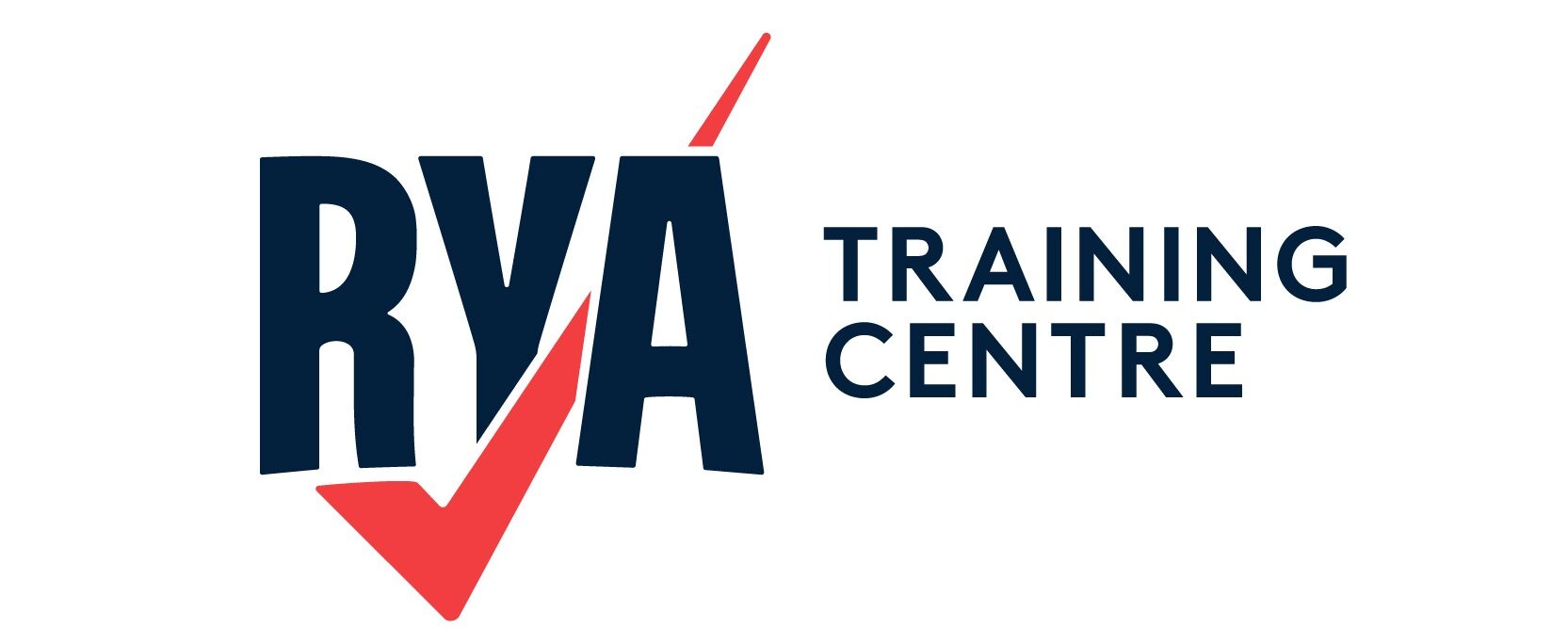 Whether you are sailing offshore or heading along a coastal route, passage planning is the key to a safe and successful trip. Passage planning is important because it helps you to confidently execute your journey and avoid any issues that may arise.
Whether you are sailing offshore or heading along a coastal route, passage planning is the key to a safe and successful trip. Passage planning is important because it helps you to confidently execute your journey and avoid any issues that may arise.
Below we have listed our 10 basic key points which should be included in your passage plan.
Passage Planning Key Points
1 – Distance
Once you have worked out the distance you are sailing, you can use your average boat speed to calculate your passage duration.
2 – Estimated Time of Departure
This is useful to note so your crew know when they should have everything in place to depart. It is also important because it may impact on your tidal constraints.
3 – Estimated Time of Arrival
Another important piece of information for calculating tidal constraints upon entry to a harbour or if you are passing over tidal gates.
4 – Weather
Are the winds in favour of your passage and are the conditions suitable for a safe passage. Read our blog about weather systems for further information. Or take a look at using GRIB files to predict the weather.
5 – Tidal Considerations
Use tidal information included on your charts and almanac to maximise the efficiency of your sail. Sailing against a strong tide will slow down your passage. You may also need a certain tidal height to pass over a tidal gate or bar when entering a harbour.
6 – Ports of Refuge
If unpredicted weather arrives, where can you stop for shelter? Ports of refuge are useful to have noted if there is a problem that stops you from getting to your destination.
7 – Hazards on Route
Are there any areas that need to be avoided on your sail? A good idea to have them written down and how to avoid them.
8 – Pilotage
This is one of the most important points to passage planning. If you clearly know what to expect for an entry or exit into harbour then it will make your life much easier. See our detailed blog about pilotage for further information.
9 – Shore Contact
Someone on shore should be aware of your passage plan and be briefed about what to do in an emergency. They should be told your ETA and ETD and alert the coastguard if you are overdue.
10 – Suitability
The most important consideration is whether your passage plan is suitable for your yacht and crew. The skipper must ensure the highest safety standards are met for both the vessel and the crew.
RYA Passage Planning Resources
 The RYA’s Passage Planning book will take you through all you need to know and allow you to work through some examples of different passages. This will show you what you might need to think about on the range of different journeys you may undertake. The essential facts and methods are split into three sections:
The RYA’s Passage Planning book will take you through all you need to know and allow you to work through some examples of different passages. This will show you what you might need to think about on the range of different journeys you may undertake. The essential facts and methods are split into three sections:
- Getting down to basics
- The essential first steps
- Putting it into practice.
Written by RNLI Sea Safety Manager Peter Chennell, this book will help you make passage planning routine. It is packed full of useful information on where to find the relevant planning sources and will prove to be a useful companion to all who take their recreation afloat. Available as a paperback or eBook.
Buy RYA Passage Planning (eBook) at the RYA Shop



